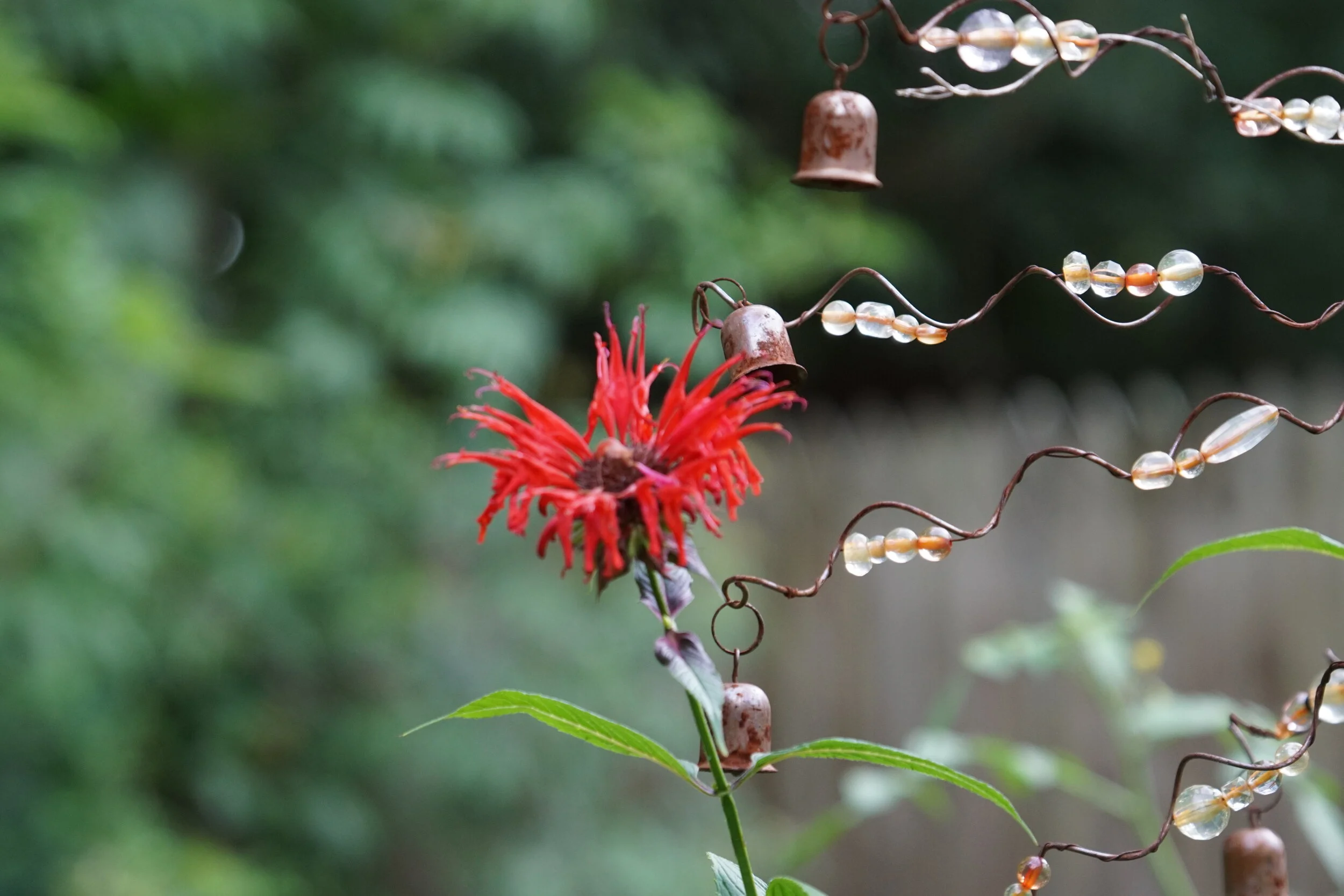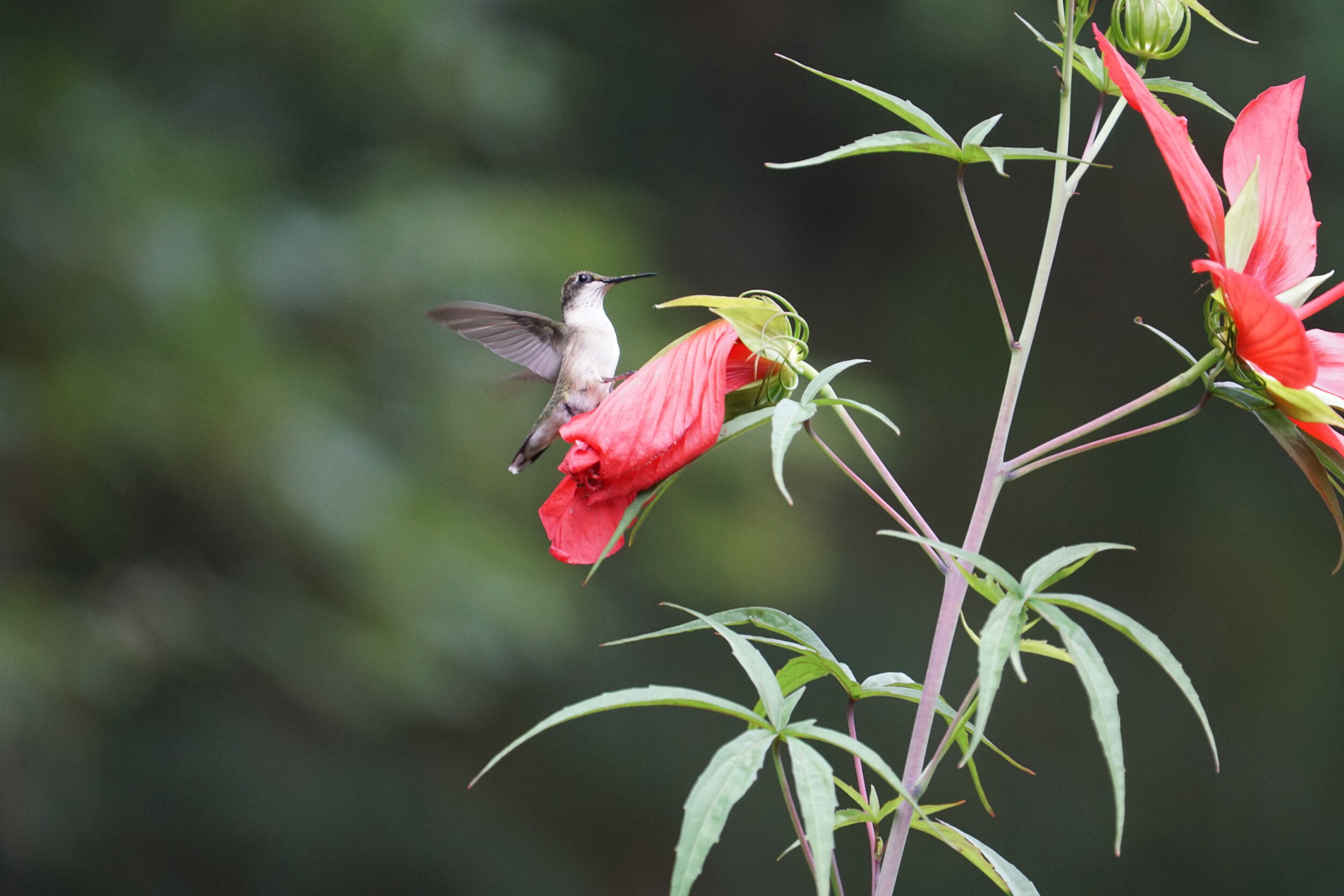“A pair of owls can check out a nest a whole year in advance before committing to it.”
Photo by Debbie LeBlanc Foster
We're right smack in the middle of baby bird season! I've already had the first Northern cardinals, Carolina wrens, and Carolina chickadees fledge in my yard, and there are brown-headed nuthatches and Eastern bluebirds on the nest. Exciting times!
We also had some very special babies on a property adjacent to the greenway in Matthews - barred owls! These are the most common owls in our area. They nest in cavities in trees, in chimneys, and in boxes. It's not very hard to spot them, and they have a couple of vocalizations that help identify them. One sounds like, "Who cooks for you? Who cooks for you? Who????" The other sounds like a cross between monkeys run amok, gargling, and yodeling. You'll know it from that description if you ever hear it!
The homeowners installed a barred owl box about eight years ago. Last year they had their first residents, and it happened again this year. An article from The Cornell Lab of Ornithology stated that the pair of owls can check out a nest a whole year in advance before committing to it!
Photo by Debbie LeBlanc Foster
The owls started visiting the nest box, which is installed on a two-story roof over the garage, around the first week of December. The eggs were laid between March 20th to the 25th. Barred owls usually lay two to three eggs, occasionally more, and they are dull white in color. The incubation period ranges from 28 to 33 days. While the female is on the eggs, the male brings food to the nest.
After hatching, the young remain in the nest for four to five weeks, growing larger and eating more every day. Then the really exciting period begins - sightings of the young birds. The first appearance of an owlet this year was on April 30th. They don't leave the nest, but just stick their heads out. This happens more often as they get closer to "branching" or leaving the nest site. Two of the owlets fledged on May 2nd and 3rd, with the final baby leaving on Wednesday, May 6th.
Many people don't know that birds learn to fly on the ground and don't return to the nest once they leave it. This is true of owls, too. They hop and practice flapping their wings, and usually end up in some kind of cover so that predators can't find them.
They'll stay in the general vicinity, building their flight skills and learning to hunt, with their parents nearby. In total, these birds are with the parents for around four months!
Here are several pictures of the owl family. The first is likely of the male, soaking wet after a night of rain. The next Is one of the parents sitting in the woods, watching the nest box. The final picture is one of the owlets, taken a day before the first one fledged.
This owl family kept people using the greenway engaged for months as they passed by the nest box. Hopefully they'll be back next year to nest there again.
We'll have to wait until December to see!
Photo by Debbie LeBlanc Foster





